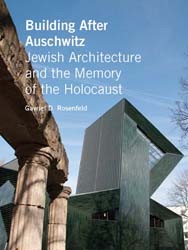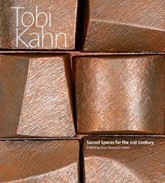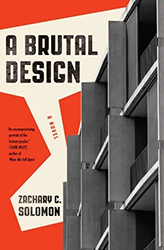By
– January 11, 2012
This beautiful volume showcases four dramatic Jewish museum projects designed by Daniel Libeskind. Published in conjunction with the opening of his most recent project, the Contemporary Jewish Museum in San Francisco, this book also features the Jewish Museum Berlin, the Felix-Nussbaum Haus in Osnabruck, Germany, and the Danish Jewish Museum in Copenhagen. The accompanying essays, by an art historian, a Judaic studies professor, and Libeskind himself, effectively explore the symbolic potential of Jewish architecture through abstract and spiritual dimensions in the European museums and in a more celebratory context in San Francisco.
The text successfully describes these four significant Libeskind buildings, and the large and arresting photographs effectively draw us into the architect’s vision, including his integration of older existing buildings into the new museums. The book is less clear in defining the meaning of “Jewish architecture” in the case of the San Francisco museum. The three European museums include Holocaust-based themes and exhibits and are therefore easier to categorize and understand as Jewish museums and “Jewish architecture.” The essayists are more challenged with the San Francisco building. While beautifully integrated into a historic structure and within its urban context, the museum’s expression as a “Jewish building” is less clear as it relies largely on implied abstractions of Hebrew letters in an open structure built for programs and temporary exhibits. This book should appeal to readers interested in Jewish expressions in contemporary design and culture, and in the work of this prominent Jewish architect.
Peter Sussman is an architect and urban historian in Minneapolis.




